St Petersburg UNESCO World Heritage Site – Part One: The Historic Centre
Tuesday, 8th January 2013 by Ian Brown
One of the world's largest UNESCO World Heritage Sites encompasses dozens of locations in and around the Russian city of St Petersburg. In later posts we'll visit the outlying forts and country palaces, but first we'll explore some of the most prominent locations in the Historic Centre of the city, the oldest part of which is the Peter and Paul fortress, founded by Peter the Great in the early 18th century, and these days home to the State Museum of St Petersburg History.
The Peter and Paul Cathedral, with its gold-covered spire, is one of the city's main tourist attractions. Many Russian Tsars are interred here.
Across the River Neva, the sprawling Winter Palace was used by the country's Tsars for much of the 18th, 19th and early 20th centuries until the Russian Revolution in 1917 led to the creation of the Soviet Union. While it has been painted different colours following various restorations, the current azure and white exterior is one of the most iconic symbols of a city which is full of spectacular buildings.
The north-west wing is one of four buildings along the River Neva which make up the State Hermitage Museum.
Despite the vast size of the buildings, only a fraction of the millions of artworks amassed by the Tsars are ever on display. While I highly recommend visiting in person, if you can't make it there Street View at least now lets you take a look inside a number of the galleries, giving a sense of the grandeur of the building as well as the quantity and size of some of the art that is found there.
To the rear of the Winter Palace is Palace Square, site of Bloody Sunday in 1905 and the October Revolution in 1917. The broad 600m (2000') long sweep of the General Staff Building is offset by the 47.5m (156') red granite Alexander Column.
St Petersburg's history as a ship-building and naval port is represented by the 400m (1300') Admiralty Board building which is topped by a gilded spire.
Beyond the Admiralty is Senate Square (formerly Decembrists Square), with the famous Bronze Horseman statue of Peter the Great, the Tsar who founded the city.
The first residence built by Peter the Great is a small cabin on the north bank of the Neva, preserved as a museum inside this pavilion.
Before long he built a Summer Palace on the south bank of the Neva, where it is joined by the Fontanka River.
Further down the Fontanka, larger Summer Palaces were built for subsequent Tsars, but they have been lost to time. In their place stands St Michael's Castle, which dates to the late 18th century.
Back towards the Neva, the Field of Mars has been a park in various forms since the city was first founded. During World War II and the Siege of Leningrad (as the city was then called), it was used to grow vegetables to help feed the starving residents.
There are numerous Churches in the city, many of which were closed and/or damaged during the Soviet era, but which were restored to full religious service after the regime fell. The most well-known is the Church of the Saviour on Spilled Blood, with its distinctive colourful onion domes standing alongside one of the many canals which bisect St Petersburg.
To the south-west is the (previously featured) Kazan Cathedral with its sweeping colonnades.
Near the Admiralty is Saint Isaac's Cathedral, a mid-19th century building which the Soviet regime turned into a museum, initially anti-religious, but later about the history of religion.
In addition to the grander and more well-known residences, numerous other 18th century palaces dot the city, such as the Marble, Mariinsky and Stroganov Palaces.
The Mikhailovsky Palace is home to the Russian Museum and houses a huge collection of Russian art
Street View is available in a few of the galleries, revealing scenes considerably less ostentatious than the Hermitage (which is more known for art from elsewhere in Europe).
Due to limitations of time and space, this post really only scratches the surface of the Historic Centre of St Petersburg. The UNESCO site has full information. However, the city's status as a World Heritage Site is under threat with the proposed construction of a skyscraper.
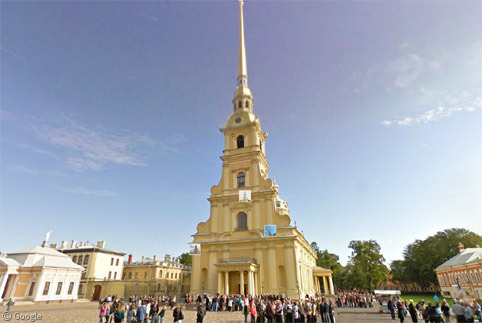

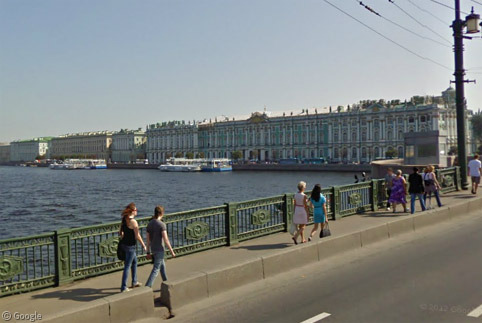
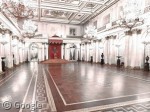
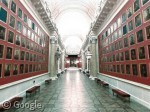
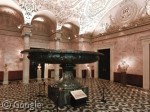
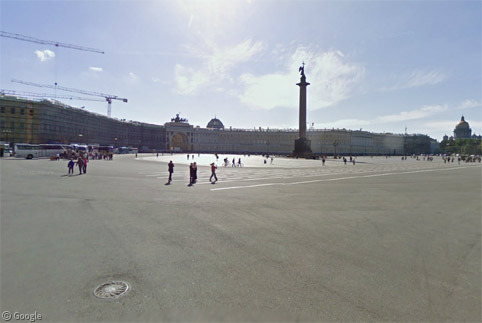
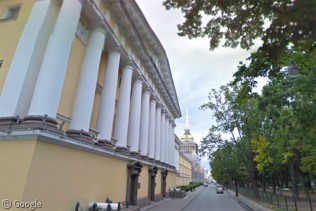
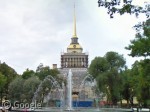
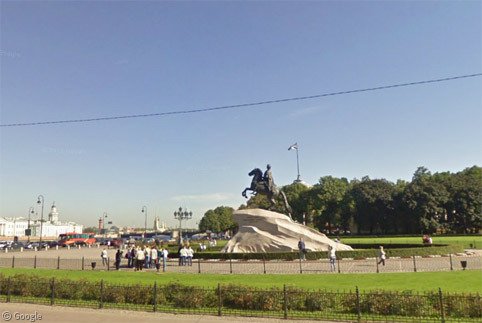
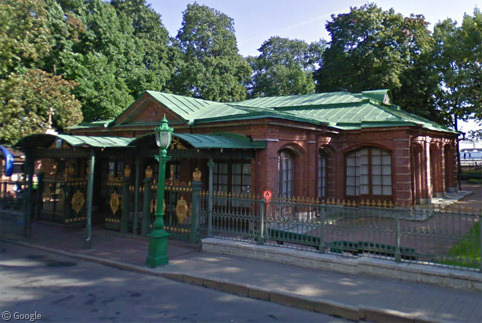
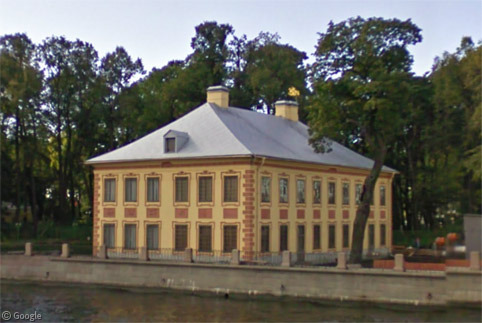
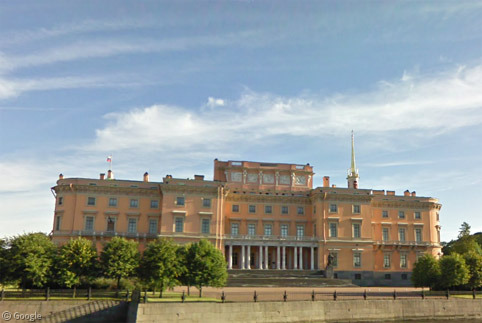
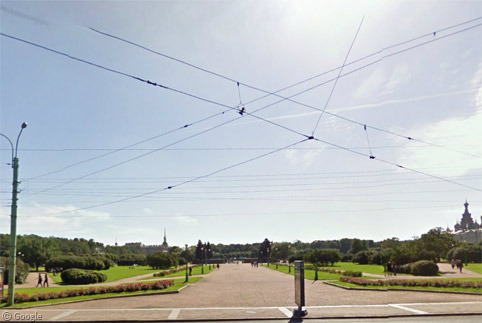
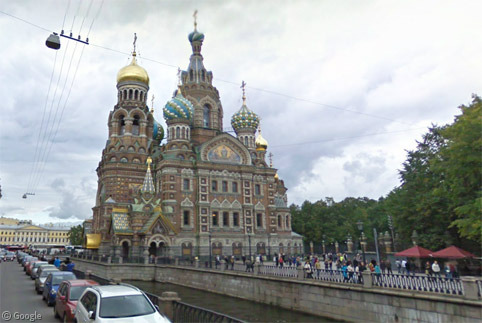
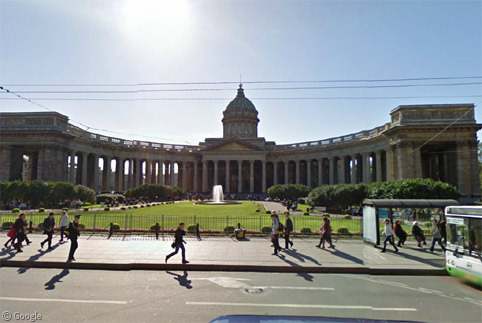
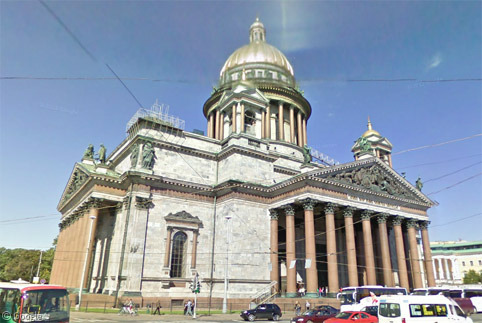
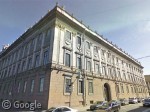
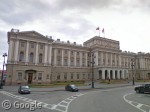
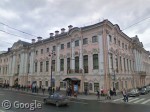
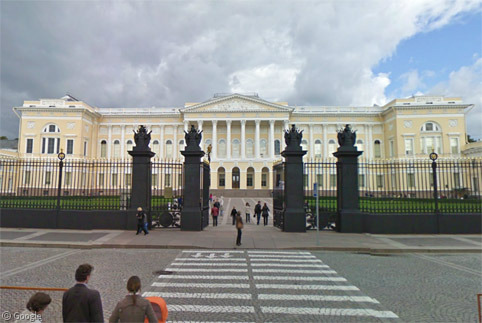
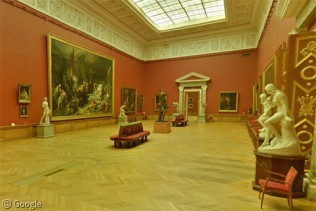
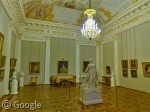
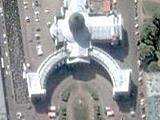
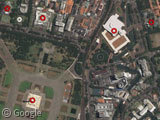
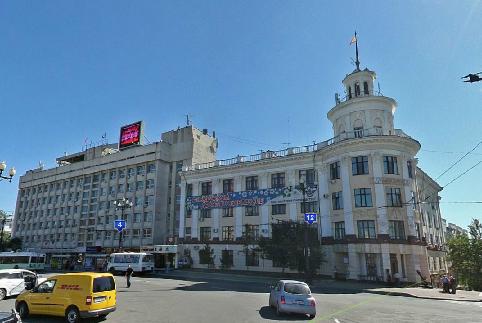
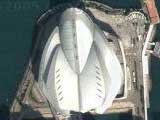
Wow yet another place I’m now desperate see in real life. Been waiting for a new post so thank you! X
Ps, is onions what the little domes are officialy called? X